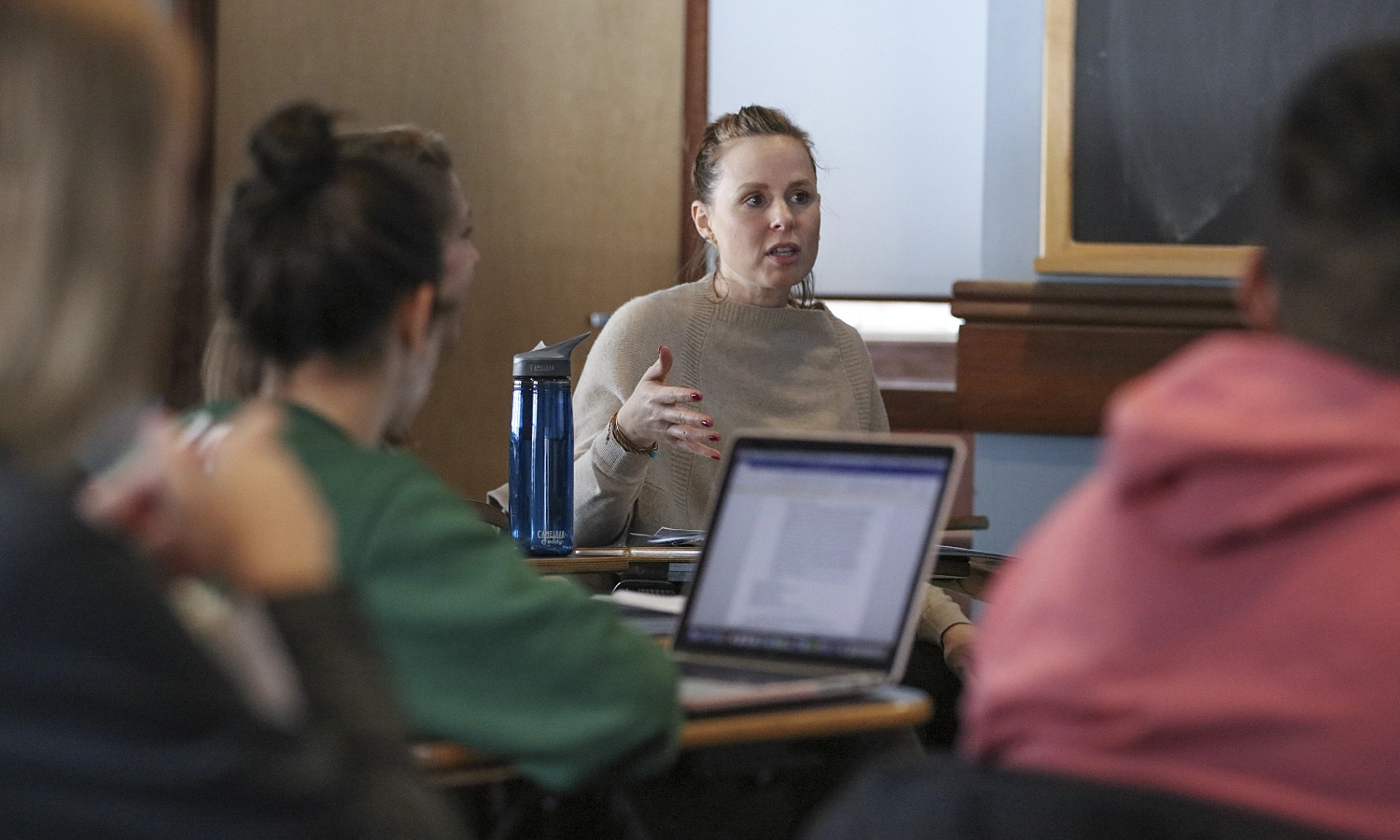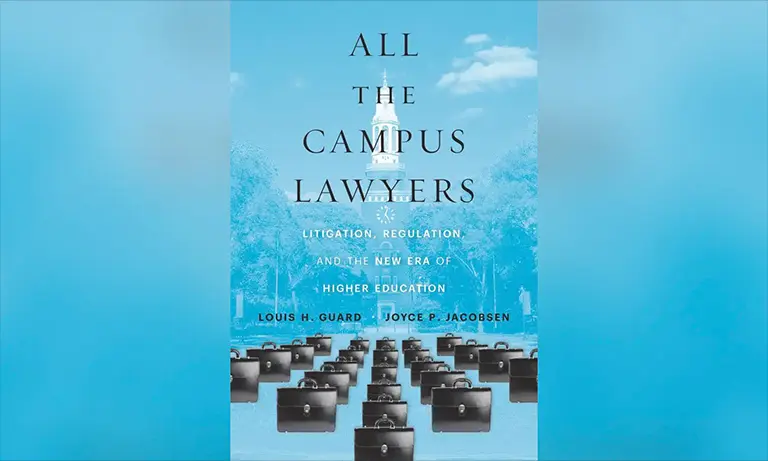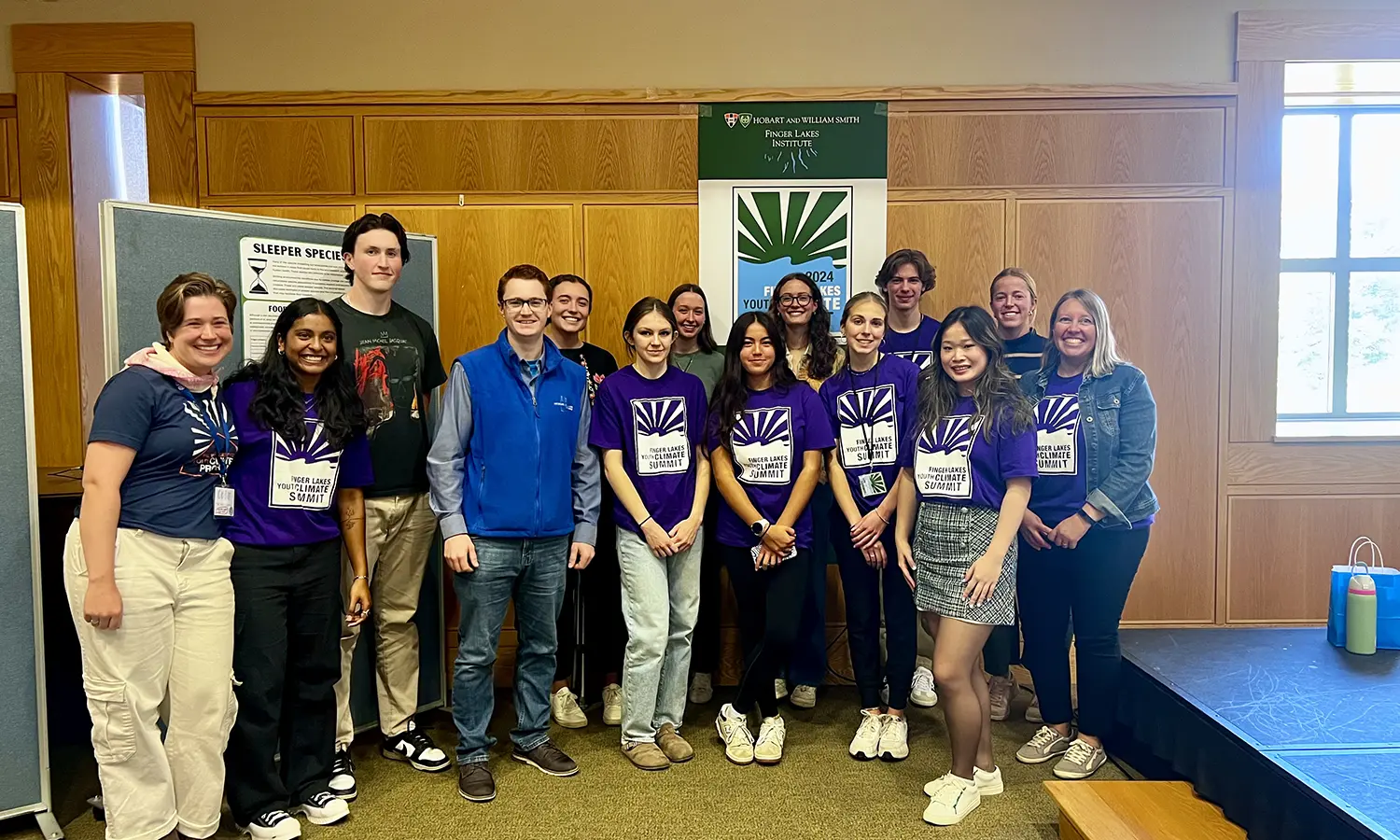
HWS News
5 March 2024 • Faculty • STEM Houseworth Explores the Economics of Interracial Marriage
A new study by Associate Professor and Chair of Economics Christina Houseworth looks at the relationships between interracial marriage and wages.
How do the wages of interracially married couples compare to their intramarried counterparts?
In “Not so Black and White: Interracial marriage and wages,” Associate Professor and Chair of Economics Christina Houseworth and her coauthor investigate the factors behind differences in wages between intermarried and intramarried couples.
Published in the journal Economic Inquiry, the study is “the first to systematically document the important wage differences between those in an interracial marriage and those in an intraracial marriage,” Houseworth says.
She and coauthor Jonathan Fisher, interim chief economist and research advisor at the Washington Center for Equitable Growth, use the terms “penalty” and “premium” to discuss the differences in wages for those married to someone of a different race compared to those married to someone of the same race.
“Penalty and premium are words we use to make the discussion easier,” Houseworth explains. “We are not attaching any causal relationship…. We are investigating why there might be a gap.”
After controlling for other influencing factors, the researchers found a wage penalty for white males in interracial marriages and a wage premium for Black males in interracial marriages, compared with their counterparts in intraracial marriages. There were no wage penalties or premiums for white or Black females in interracial marriages.
While there are many factors that may contribute to wage differences between the intermarried and intramarried, Houseworth and Fisher examined two in particular.
“First, individuals who intermarry may be more or less likely to be high or low earners, regardless of the intermarriage,” Houseworth says. “Economists refer to systematic differences between groups that affect another unrelated variable as selection.”
It is possible, she explains, that Black men who intermarry are more likely to be high earners and would have been regardless of their marriage status, and vice versa for their white counterparts.
The second factor the study focused on is discrimination. Identifying discrimination using the sixteen states forced to allow interracial marriage by the Supreme Court in its 1967 Loving v. Virginia decision, the study provides evidence that discrimination likely plays a role in explaining the wage differences. They find a larger wage penalty for white males and a smaller premium for Black males in interracial marriages in states that were forced to allow such marriages by the Supreme Court following its 1967 ruling in Loving v. Virginia.
However, Houseworth and Fisher do not investigate the ways in which discrimination may operate in this project. Discrimination related to marriage and earnings could arise in the labor market or be the result of historical discrimination related to housing and geographic location.
“Further work is needed to establish how exactly selection, discrimination or other potential causes affect the wages of the intermarried,” she notes. “We have been approved for a grant that would allow us to link administrative earnings data with Census data, which would allow for a longitudinal study that would track individuals over time. This would allow us to observe individuals before and after marriage, which would help to control for selection.”
The authors also hope to explore “the role of social networks and how the racial makeup of the geographic location may determine wage differences between intermarried and intramarried couples,” she says. “We are also interested in looking at how the penalties and premiums might vary over time with the relative education of spouses.” Additionally, there are also likely differences in access to resources related to wages between marginalized group members who are intermarried versus intramarried.
Houseworth, who joined the faculty in 2012, holds a Ph.D. in Economics from the University of Illinois at Chicago. Her research examines inequalities in the labor market including the factors that influence the decision to work, such as marital decisions, as well as wages and other determinants that influence employment outcomes like education. She explores the measures of wage inequality and the implicit and explicit factors that explain why individuals earn different wages, tracking the connections between marital outcomes, education and wages and how those factors differ by race, gender and nativity. Her work has been published in Labour, the Journal of Economic Inequality, the Journal of Economic and Social Measurement, Research in Social Stratification and Mobility, and Review of Economics of the Household, among other journals.



